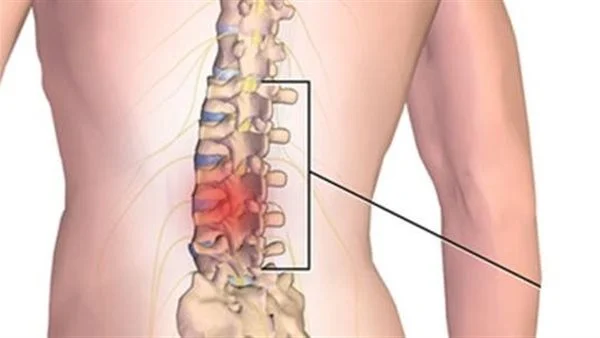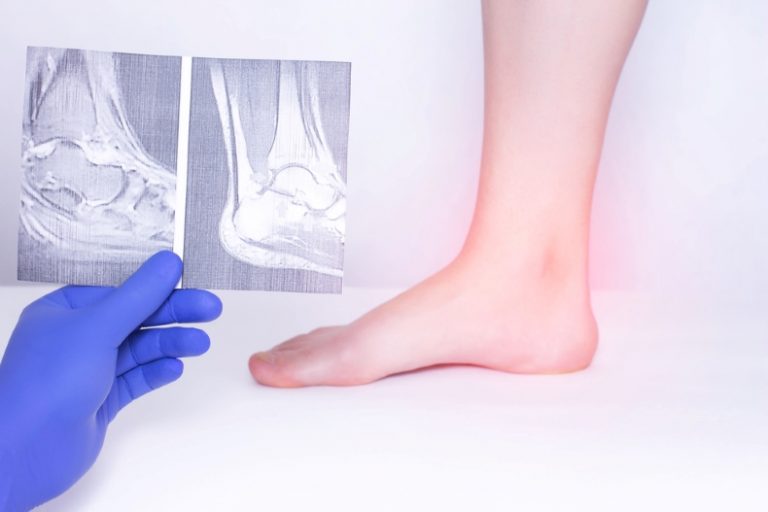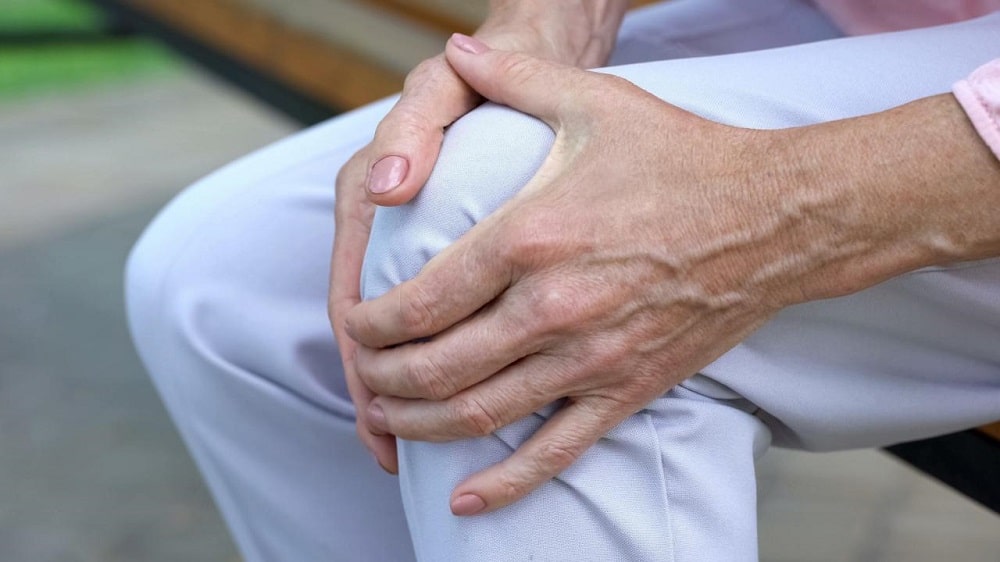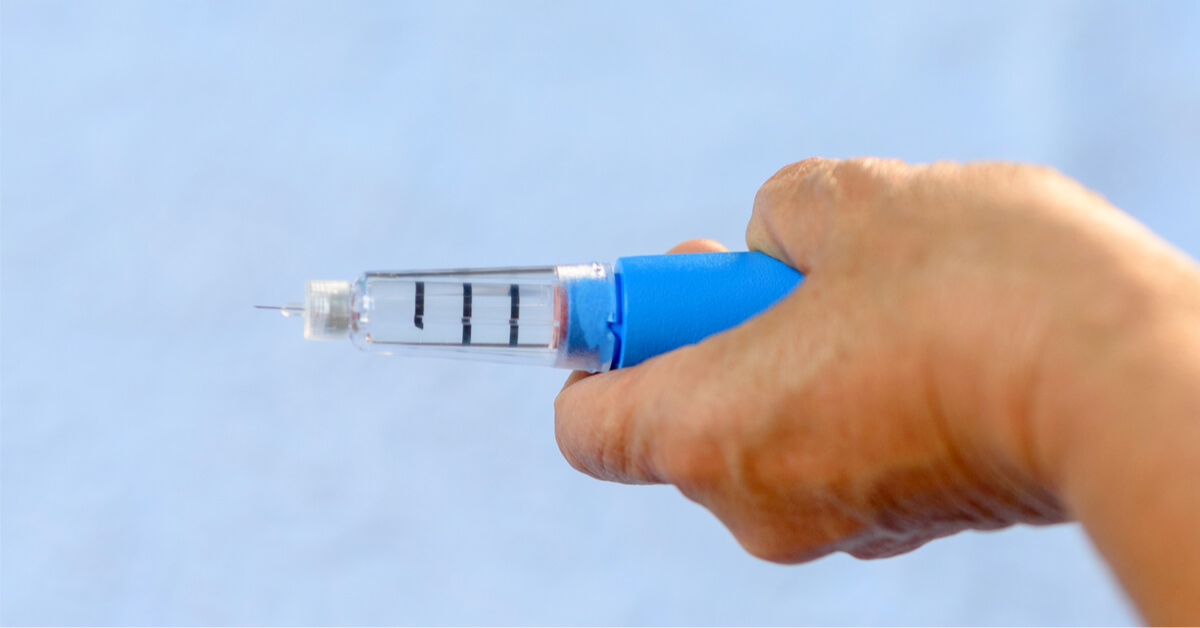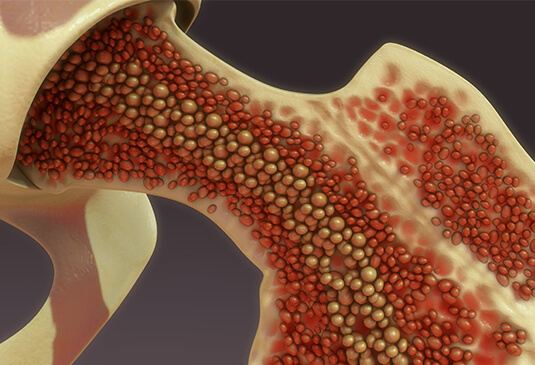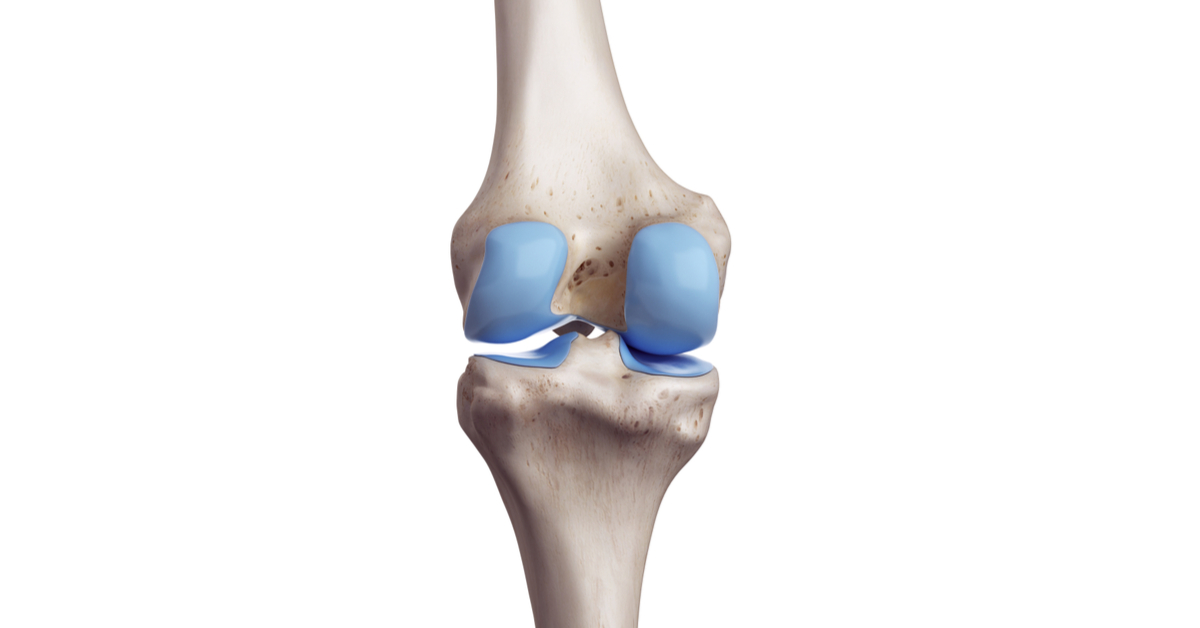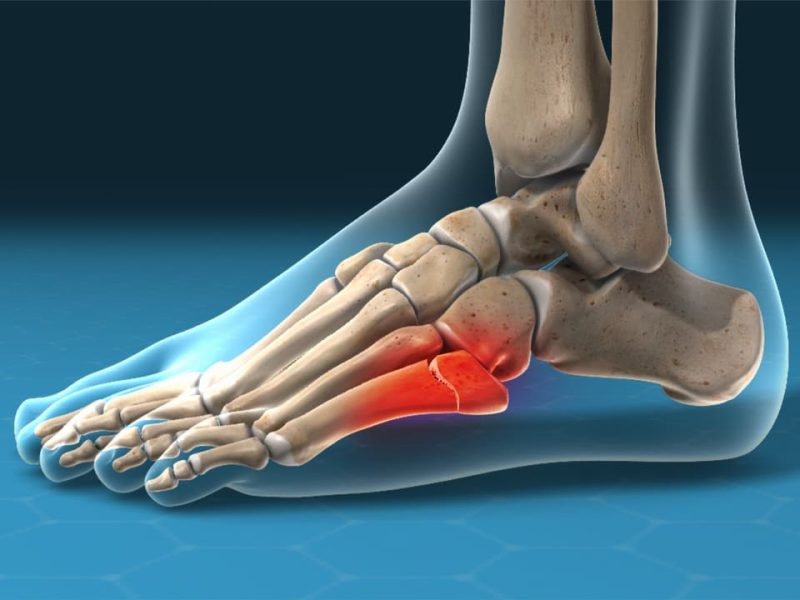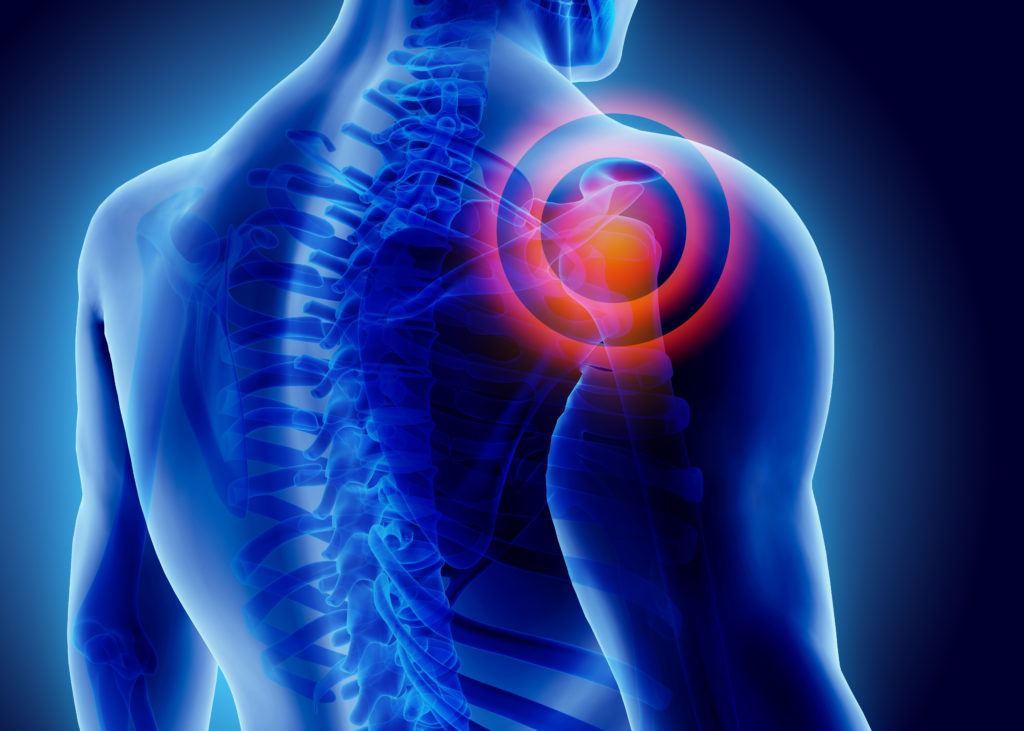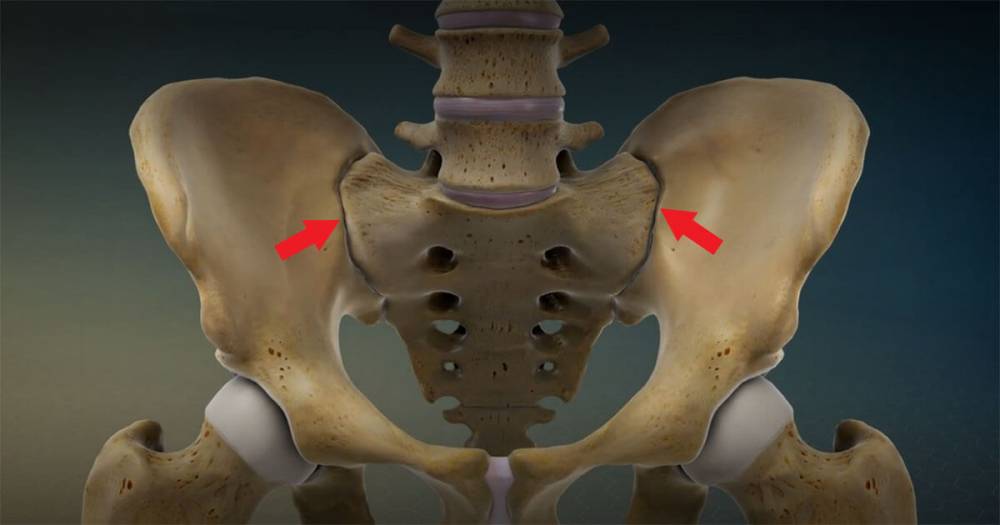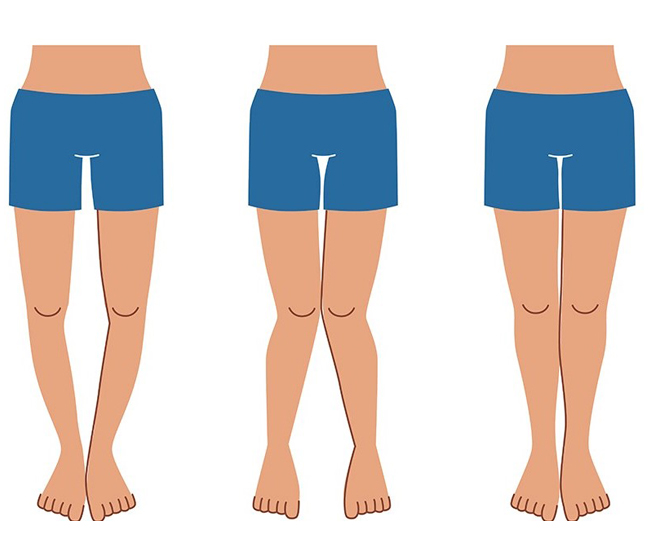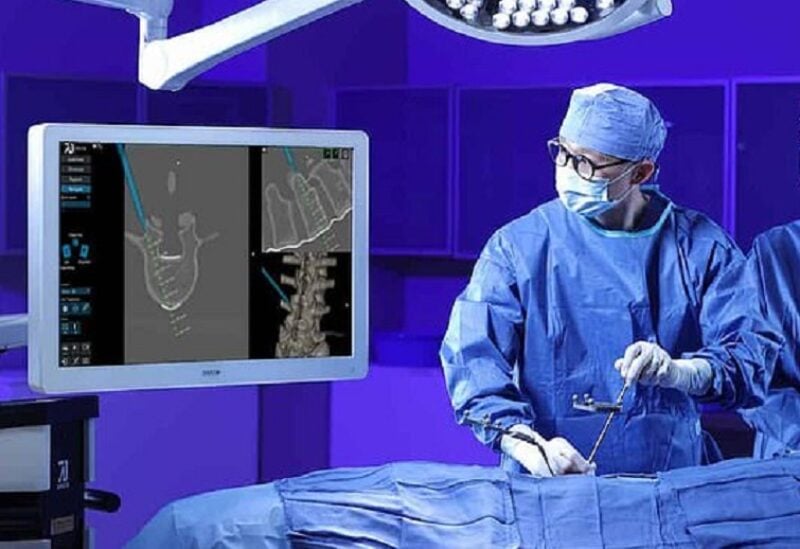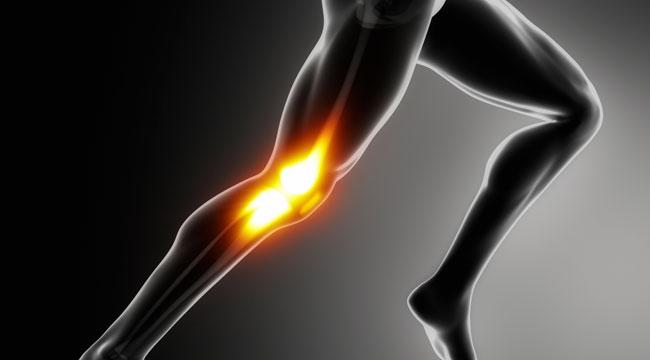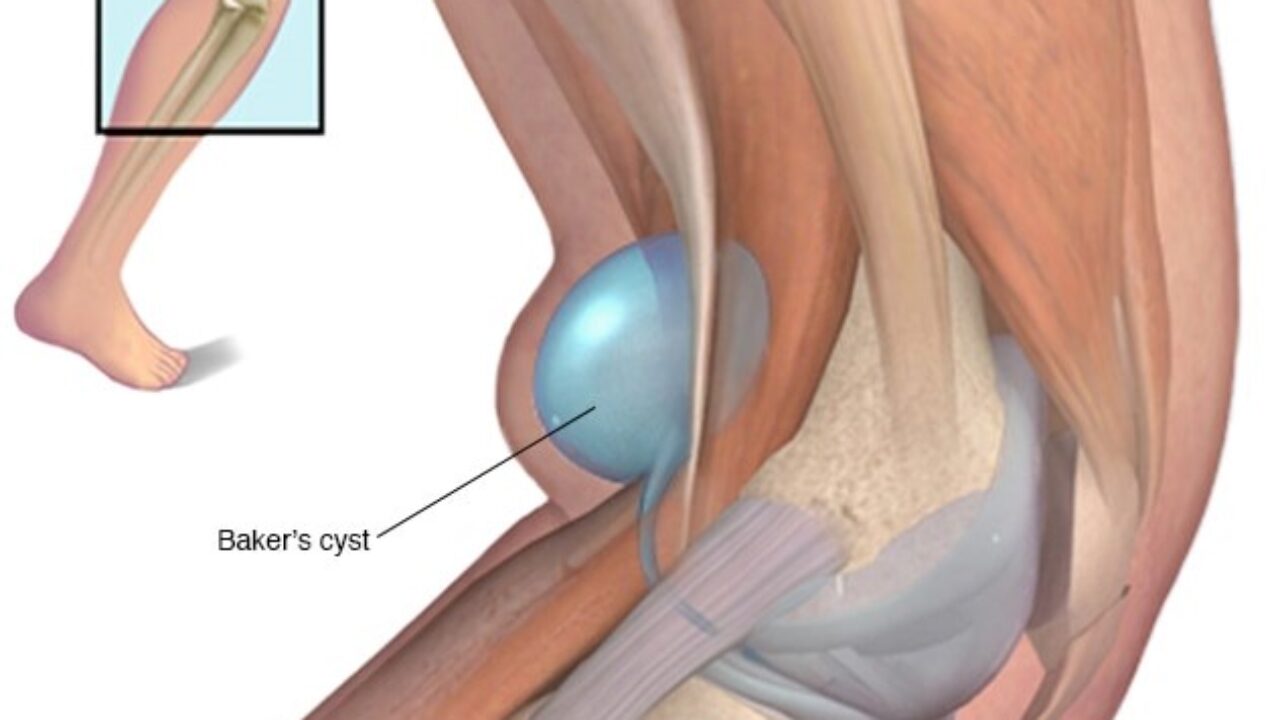Can the cruciate ligament sufferer walk?
Some individuals believe that cruciate ligament injuries may incapacitate them completely or affect their lives very badly, and this is not true at all, if the situation is dealt with quickly and appropriately immediately, recovery will only take place over some time. Follow the article with us to learn a lot of information on this topic.
Can the cruciate ligament sufferer walk?
The person with the cruciate ligament is not incapacitated, but he may be able to walk after exposure to that injury, provided that it be done with extreme caution and very slowly, but he will not be able to bend the knee or rotate and move suddenly, and doctors advise those who suffer from the cruciate ligament to use a knee brace to stabilize it or to use a crutch while walking.
Movement is certainly not pain-free, but if the pain is intensifying, here are some tips that you can follow in order to calm it down a bit:
- Make cold compresses constantly and put a bandage on the knee.
- Taking some analgesics that do not require medical advice to relieve pain, such as acetaminophen and ibuprofen.
- Commitment to physical therapy sessions, as it helps to strengthen and support the leg muscles.
- Do not engage in any activities that require a lot of effort.
- Take a lot of relaxation.
- Continue to use the crutch and put the brace so that no pressure occurs on the knee throughout the treatment period.
Does the partial cut in the cruciate ligament heal?
The partial tear that occurs in the cruciate ligament can heal over time, but on the condition that the injured person adheres to the treatment prescribed by the doctor without neglecting him in any way, but if the injured person ignores receiving the appropriate treatment and neglects himself, this causes him many serious complications that negatively affect his health conditions, and the treatment for partial cutting is without surgical intervention, but if the cutting is complete, then this is required.
The recovery period for a person with a partial cut of the cruciate ligament takes approximately 3 months, and the period varies according to the severity of the injury and the individual’s health condition. In order for the doctor to speed up the treatment process a little, he recommends the following:
- Take a great deal of rest and completely avoid pressure on the knee.
- Wrap the knee well to reduce the possibility of movement.
- Apply cold compresses to the affected foot daily for at least 20 minutes.
- When relaxing, be careful to raise the leg up with the help of pillows.
- Do the exercises recommended by the doctor to strengthen the muscles surrounding the site of the injury.
Cutting of the cruciate ligament
The presence of a cut in the cruciate ligament is investigated by the doctor comparing the affected leg to the healthy one in terms of swelling and the source of pain, in addition to moving the foot in many directions in order to test the range of motion of the joint and whether it is performing its function well, and the doctor may suffice with this examination or follow other methods to ensure that there are no other injuries, for example:
- X-rays: They are used to ensure the integrity of the bones and the absence of any fractures, but they do not show soft tissues such as ligaments and tendons.
- MRI: It is used to obtain detailed images of both soft and hard tissues in the body, and these rays show the extent of damage to the anterior cruciate ligament and whether damage has occurred in any other tissues in addition to cartilage.
- Ultrasound (ultrasound imaging): It is used to visualize the internal structures, in addition to that it can be used to check for injuries to the ligaments, tendons, and muscles of the knee.
Anterior cruciate ligament tear treatment without surgery
A cut in the anterior cruciate ligament can be treated without the need for surgical intervention, and this is done initially by starting to reduce the severity of pain and symptoms by following the following methods:
- Ice packs on the knee to reduce pain and tumors.
- Avoid any sports or activities that require great effort that puts pressure on the knee.
- Make sure to raise the injured leg from the rest of the body when sitting or relaxing.
- Using an elastic band to stabilize the knee and limit its movement to ensure that the joint is stabilized and that no complications occur.
- Follow the rehabilitation program recommended by the Physiotherapist.
This treatment method is useful in the case of a partial cut in the cruciate ligament, but if the cut is complete or one of the other ligaments was torn, then, in that case, surgical intervention is required because this method will not work at all, and there is no need to fear surgery, as it is a simple operation. Extremely do not need any deep intervention.
Recovery time from cruciate ligament surgery
The patient needs a period ranging from 6 to 8 weeks to begin his attempt to gradually return to his normal life and be able to move his foot naturally and in all directions, and of course, the matter differs from one person to another according to the severity of the injury that he may have been subjected to or the operation that he performed.
As for sports people, the recovery period from the operation requires 3 to 6 months in order for them to be able to return to practicing their sports naturally and effectively, and the treatment method works by stabilizing the ligament, which is with materials that take time to be absorbed, in addition to that adherence to the rehabilitation program through physical therapy is very important and has a major role in the rapid recovery after the operation.
Symptoms of cruciate ligament failure
Many symptoms indicate the failure of the cruciate ligament surgery that was performed on the injured person, including:
- The emergence of instability again can be measured through measurements of inaction.
- The individual will not be able to recover in the way he was before the operation.
- The pain in the knee area continues greatly.
- The appearance of frequent bruising of the bones.
- The meniscus and meniscus were injured.
Reasons for the failure of the cruciate ligament surgery
- Lack of success in choosing the appropriate place in which the cruciate ligament is placed and choosing the wrong place, which causes its inability to perform its function and lack of stability, which makes the knee bones out of place.
- Encouraging the patient to move quickly after the operation and not to slow down on him in that step, which causes him to relapse or sprain a new tear in the ligament.
- Resorting to a doctor who does not have experience in this field, which makes him choose an inappropriate patch.
- The cruciate ligament was infected with an infection immediately after the operation, which causes it to fail to perform the role it was intended for.
Anterior cruciate ligament
The anterior cruciate ligament is considered one of the two ligaments that pass in the middle of the knee, and works to connect the femur to the shin bone and has a major role in maintaining the stability of the joint, and most often individuals suffer an injury to the anterior cruciate ligament as a result of doing some sports activities that require running, standing suddenly, and jumping. Symptoms that indicate an injury to the anterior cruciate ligament include:
- A popping sound from the knee immediately after a sudden stop or collision.
- The presence of severe pain affects the individual and makes him unable to move.
- The appearance of swelling in the knee area within 24 hours of the injury.
- Inability to bend the knee or turn direction quickly.
- Loss of balance and inability to stand still.
Posterior cruciate ligament
The occurrence of any problems with the posterior cruciate ligament is not common among many people, such as injuries to the anterior cruciate ligament, so its injury does not represent a great danger to individuals, and If there are no other injuries associated with a posterior cruciate ligament injury, the individual may not complain of any problems at all, and if any symptoms appear, they are as follows:
- The presence of severe pain felt by the individual in the knee area.
- Swelling in the knee.
- Inability to stand still and move normally.
- Loss of control of the knee and the inability to bend or move it effectively.
- Knee stiffness.
- Its movement becomes less effective.
- Facing great difficulty while moving and walking.
- A sensation of heat emanating from the knee area.


